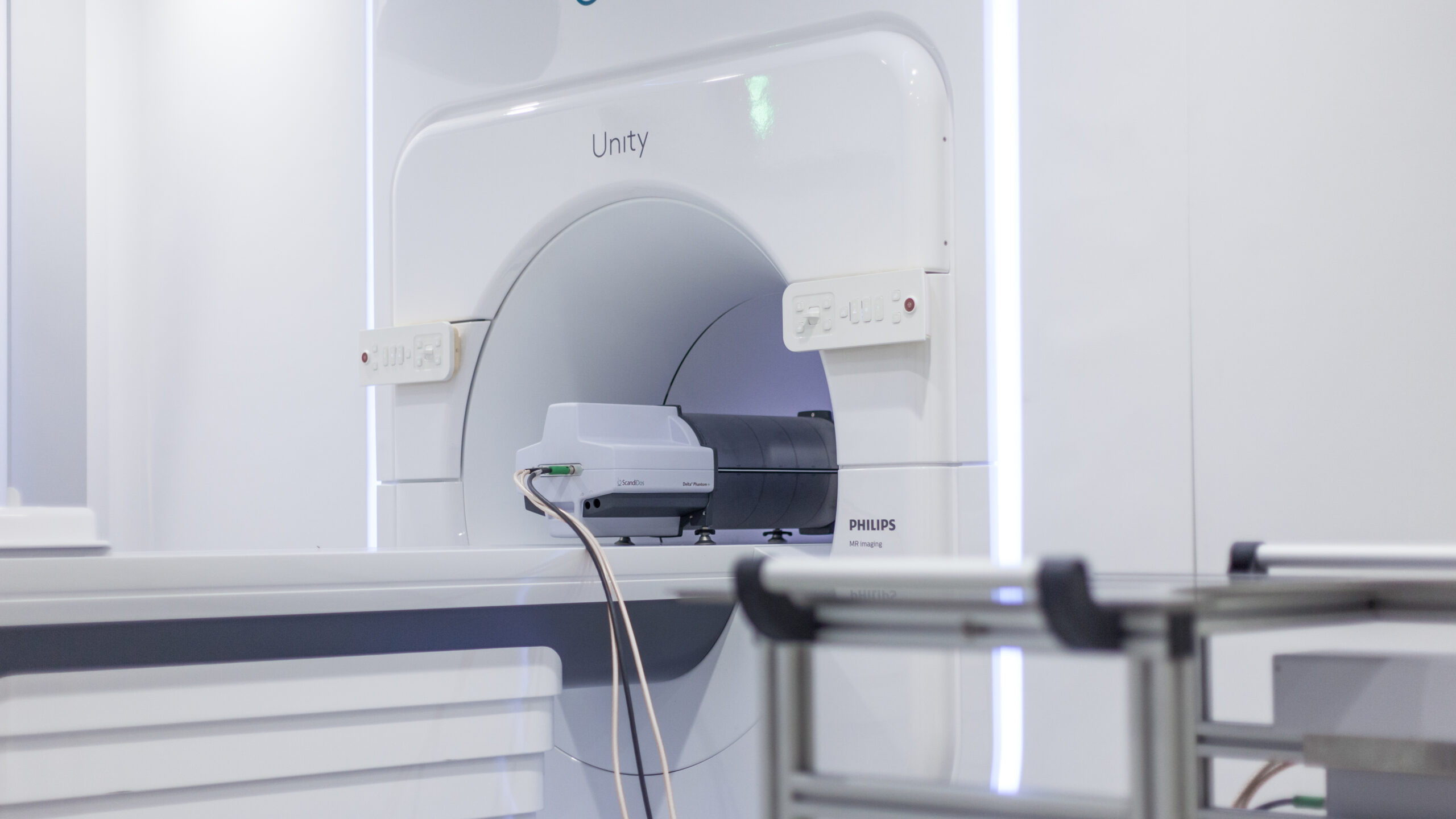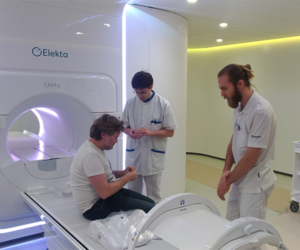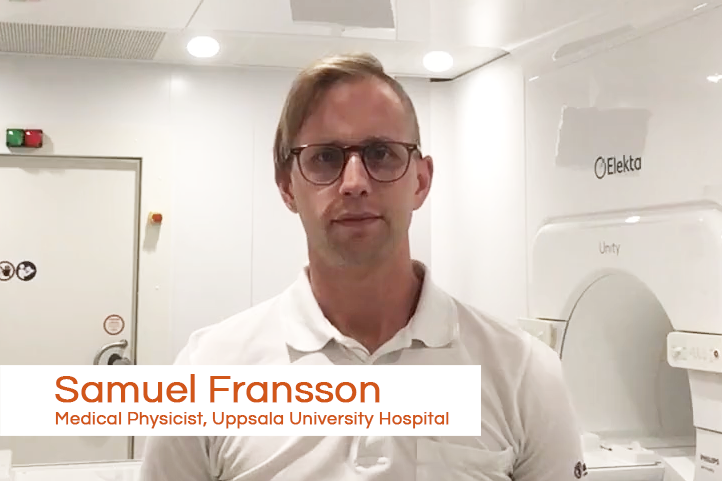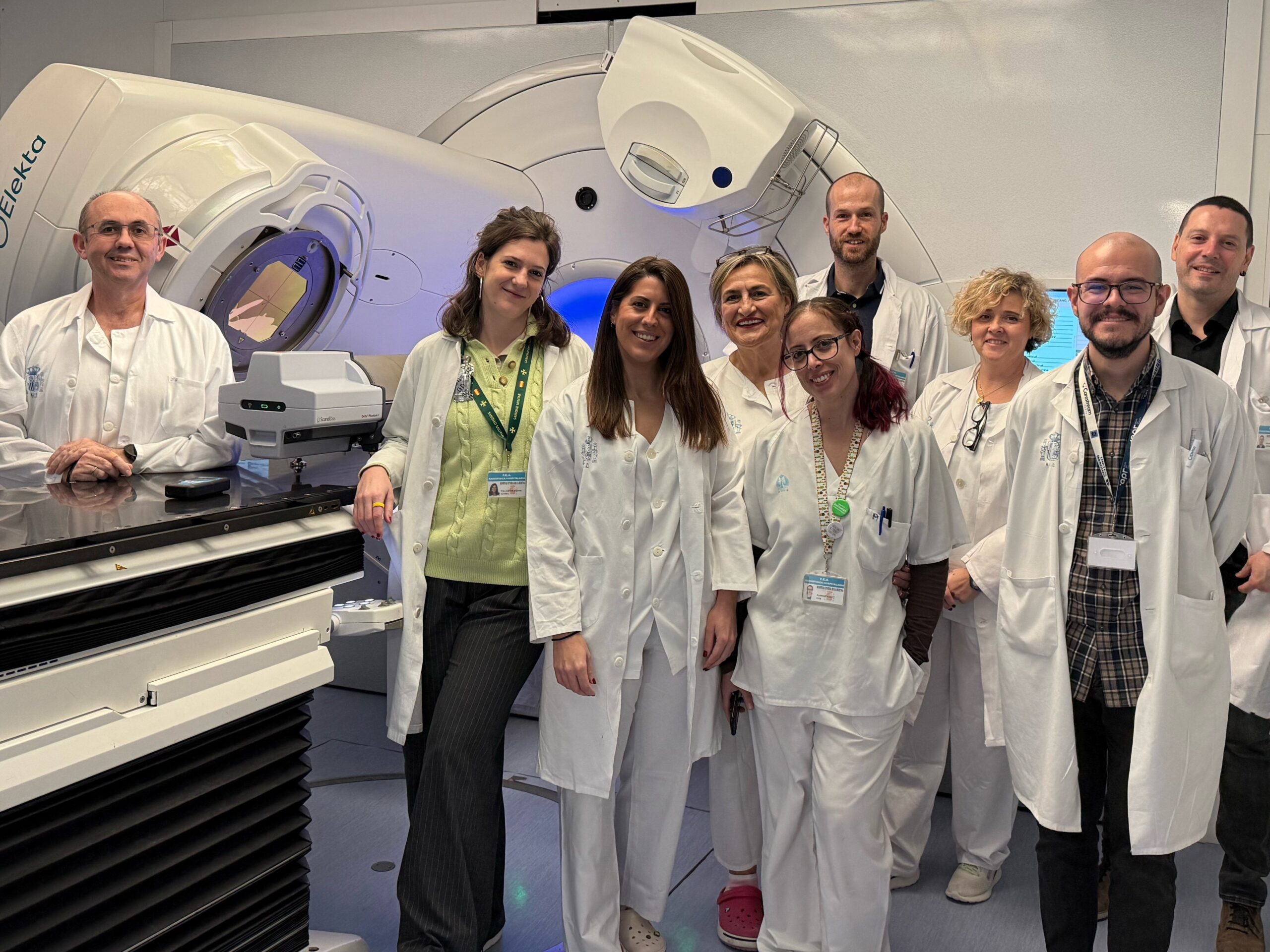
‘One day is never the same as the next’
Just a stone throw´s away from ScandiDos HQ lies the Uppsala University Hospital, the first hospital in Sweden to implement the new MR-linac technology in 2019. Uppsala and the team at the radiotherapy department is our first stop on a digital journey that lets us meet with Delta4 users across the world!
We have met with Samuel Fransson, Medical Physicist at the Department of Radiotherapy at the hospital for an interview about the day-to-day work with an MR-linac, the importance of teamwork, and the challenges during the pandemic. We also learned some of the best places to go when visiting the city of Uppsala.

What does your MR-linac patient QA process and workflow look like?
As MR linacs treatments are a new technology with a new workflow and different demands in terms of planning, QA, and measurements we are continuously adapting and learning new things almost every day, making this work highly rewarding. New challenges are emerging almost daily hence one has to be actively participating in many tasks.
This plan is then measured with the Delta4 MR-compatible system to make sure this plan is deliverable within clinically acceptable accuracy.
Each patient treatment is initiated with a reference plan, made before the patient arrives for the first treatment session. This plan is then measured with the Delta4 MR-compatible system to make sure this plan is deliverable within clinically acceptable accuracy. Also, at delivery on the MR-Linac system log files are generated, comprising rapid updates of the Linac settings, such as MLC and jaw positions. These actual treatment settings are then compared to the intended settings from the TPS with an in-house developed system to make sure the Linac has delivered as intended on a machine level. At each fraction, a new plan is created. After each fraction, we measure this new plan with the Delta4 as well as evaluating the treatment through logfiles. The team treats around one fraction each day, mainly hypofractionated prostate treatment.
How does the work of the clinical physicist differ when working with a conventional linac compared to an MR linac?

Since the MR-Linac is a hybrid machine, encompassing both a Linac and an MR-scanner, safety concerns have to be handled two-folds, with the ionizing radiation part much like on conventional Linacs, with the addition of the high field strength MR-scanner. QA-processes are even more extensive, handling the Linac QA-processes similar to conventional Linacs, the MR-scanner making sure all images are geometrically accurate and as good as possible, as well as all connecting systems between the two systems. Another challenge is that most equipment must be specially made to work in the MR environment. Most QA equipment for conventional Linacs isn’t suited for the MR-Linac, either because it’s not MR-safe or from limitations when it comes to size and setup.
In terms of staff, the MR-Linac team is working very closely together since many processes, from target and organs at risk delineation to treatment planning and patient QA, are taking place at each fraction, much differing from the conventional Linacs with, most often, just once every patient. This creates a very close and coherent team.
What do you enjoy the most with your work as a medical physicist?

Freedom with responsibility. We have the possibility to focus on the aspects we find interesting and new ideas on how to develop our work are encouraged. There is a healthy mix of project work, meetings, and clinical work so one day is never the same as the next.
Did you face any work challenges due to the pandemic and how did you adapt?
For the staff at the clinic, the necessity of being more flexible has been emphasized since any symptoms somehow connected to the covid-19 force the staff to stay at home. The vast increase of online meetings has been interesting, as well as participating in online congresses. Even though the quality of these kinds of meetings has improved compared to before the pandemic there is still some way to go, not at least from the user aspect.
Uppsala is world-famous for its universities and the scientist Carl Linnaeus. What do you think a visitor should not miss when visiting Uppsala?
The two landmarks one should see when visiting Uppsala are also those that are visible from several kilometers away, namely the Uppsala Cathedral and the Castle. Since I like to hike, a personal favorite is to take a walk on one of the many trails available close to the city. And why not choose one of the eight trails following the footsteps of Linnaeus with Linnaeus’ own teaching locations as stopping points.
Interview with Samuel Fransson
Doing QA on an MR-linac
What is the main difference when working with an MR linac compared to a conventional linac? Samuel Fransson shares his experience in this short video.
Samuel Fransson is a medical physicist at the Uppsala University Hospital in Sweden.
Book a demo
Get the answers you need, connect with a Delta4 expert!









